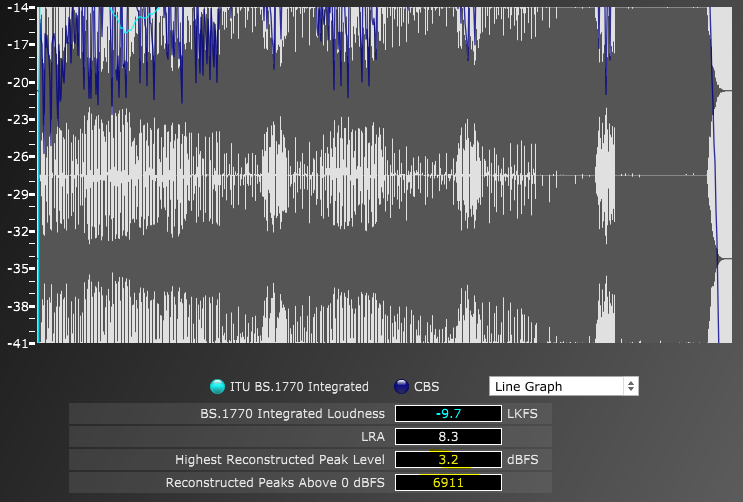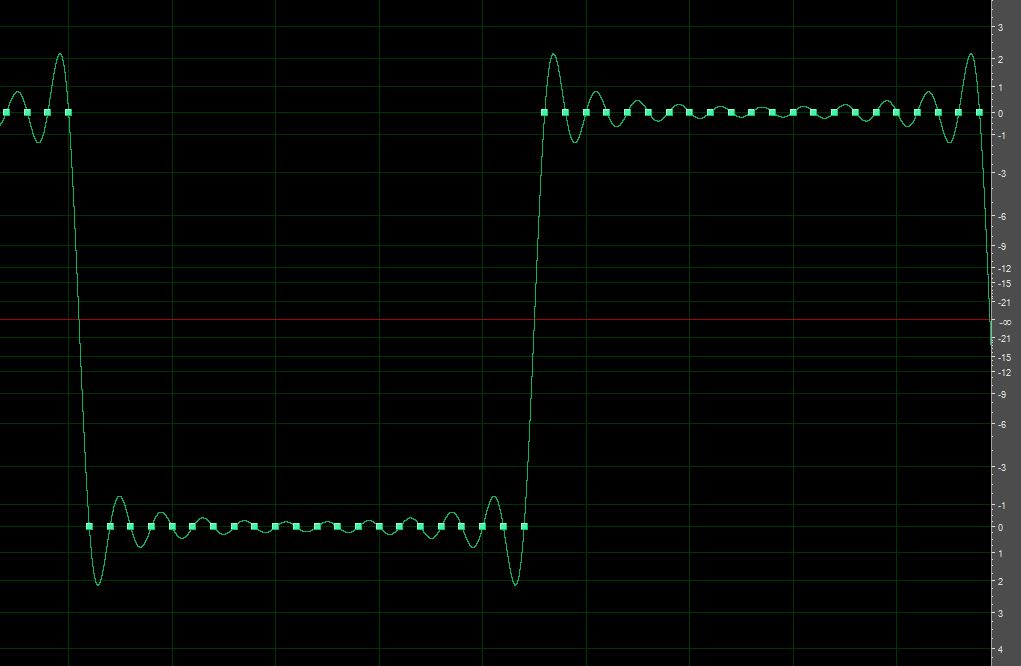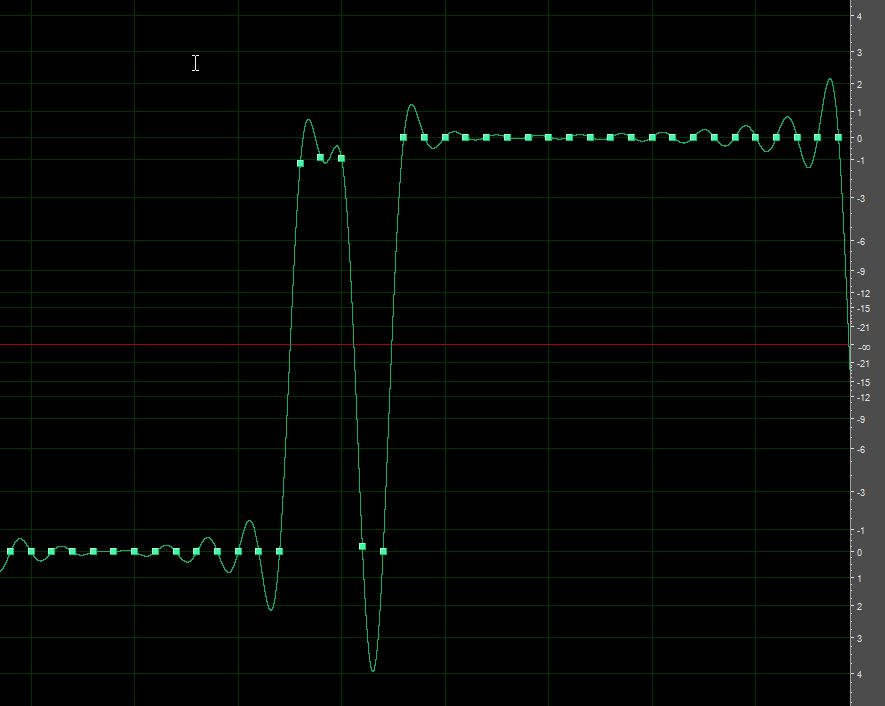Okay, so my thoughts on this might be over-simplistic. I don’t want to put myself forth as an authority with this at all (y’all are way over my head when you’re talking about intersample peaks!), however let me share a few thoughts and observations, and I’d LOVE to hear if I’m off-base.
So, one thing is that it’s not clear to me (I might have missed it) if this mp3 was mixed for streaming, or if it’s just a draft so to speak of the wav file that was mixed for CD.
So, if mixed for streaming, one thing is that the integrated LUFS is a bit high. They dynamic range is unnecessarily compromised. Not bad, but -16 to -14 is more the target. Now that won’t speak to the distorted sound you’re hearing; however, more important is the PLR-S (peak to loudness ratio) of the loudest parts of the song. People like Ian Shepherd say that should be 8 or more. So, for sure going to the loudest part of this song – right at the end – it’s not going to be anywhere near that. It would appear that that part of the song is over-compressed.
Even that doesn’t speak directly to the distorted sound you’re hearing, but I’d be curious at what point in the song you’re hearing that? I am taking it, from your comment, that when you say “last chorus” it’s that part of the song. I would expect, from just looking at the wave form, that it might sound “crunchy” (could you define what you mean by that?).
I’m not familiar with the Orban – it looks pretty cool. I’ll check it out. I’m curious if it’ll tell you the true peak values? Have you checked out the Youlean Loudness Meter? It has some pretty helpful metrics. I have to suspect that the true peak values are over the top. If so, that would speak to the crunchy, distorted sound you’re hearing.
It’s also not unheard of that songs are mastered like this to maximize loudness. However, in this world of streaming audio, at least, the loudness wars are over, as they say.
At least in that world, this song would appear to be overcompressed. A ton is lost in the dynamic range.
So, of course loudness meters and LUFS values and true peak values aren’t the be-all and end-all, but they give you visual data to clue you in to when something’s wrong. I don’t wanna go overboard with numbers and graphs. The bottom line is that, if it sounds good, it is good. And you’re saying it ain’t sounding good. And the loudness numbers are consistent with what you’re hearing, and probably what you’re client is hearing (or he/she wouldn’t be asking for your opinion on the mix).
I’m eager to hear from y’all if I’m being too simplistic or outright off-base altogether. Heck, I’m new to this. But that’s what I’m seeing.
So, for me the three big pieces for your client are about what the media is being mixed for (CD or streamin or other), and what the true peak values are…
… BUT there is a third thing you might want to check out:
I’d be very curious to see what the Pre-Master looks like that they sent for mastering. If that’s where the damage is, there’s no amount at mastering that’ll fix that. Be sure to check that out before telling them to ask for a new master.

If the Pre-Master is cool, it wouldn’t seem unreasonable to me to suggest they ask for a remastering if they’re not happy. The meters as well as your ears would seem to suggest their concerns are possibly well-merited.




